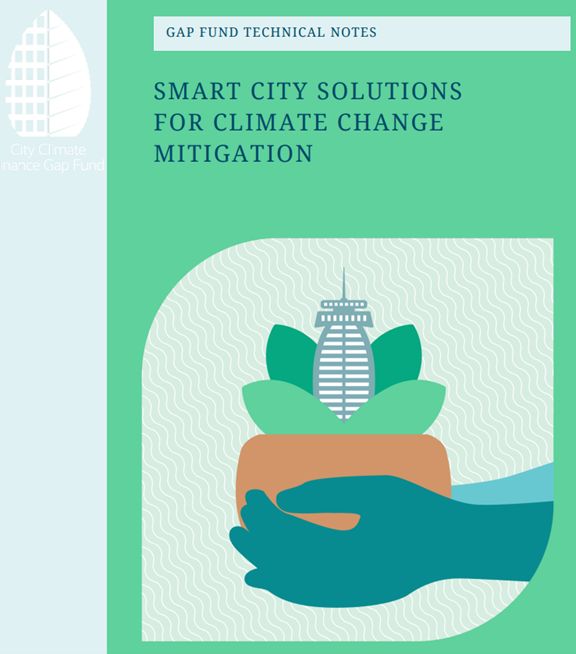What technology solutions are cities around the globe investing in to support climate mitigation in buildings, transport, and solid waste and how can these be deployed in urban areas in low- and middle-income countries?
These questions are explored in a recent technical note titled “Smart City Solutions for Climate Change Mitigation” published by the Gap Fund in collaboration with the Global Smart City Partnership Program. Learn more: https://documents1.worldbank.org/curated/en/099111023105530494/pdf/P1747640d823fb06309d32099a13e16dfa9.pdf
The note explores for example, the ‘Internet of Things’ technology in buildings that can dynamically adjust temperatures to reduce energy consumption. Dynamic road pricing and curb management technology can help fine-tune traffic and parking in real time, reducing transport emissions. Public transit operators can use software that is already widely used by private ridesharing services to provide service that is more responsive to demand. Smart waste bins equipped with sensors that monitor their fill level, weight, and location in real time can optimize waste collection, reducing transport emissions, and can also minimize overflowing bins, littering, and illegal dumping, which can indirectly reduce methane release. These are just some of the technologies that the note explores.
The note is part of a series of technical notes produced by the City Climate Finance Gap Fund which aim to explain topics related to cities and climate change to practitioners working in low- and middle-income countries. Other notes in the series so far explore the relationship between urban form and GHG emissions, how to reduce embodied emissions in building construction, how global data sets can help cities estimate their GHG emissions, and many other topics, with more to come soon. Explore the series on the Gap Fund’s Knowledge Hub! Expolore here: https://www.citygapfund.org/knowledge-hub-0
